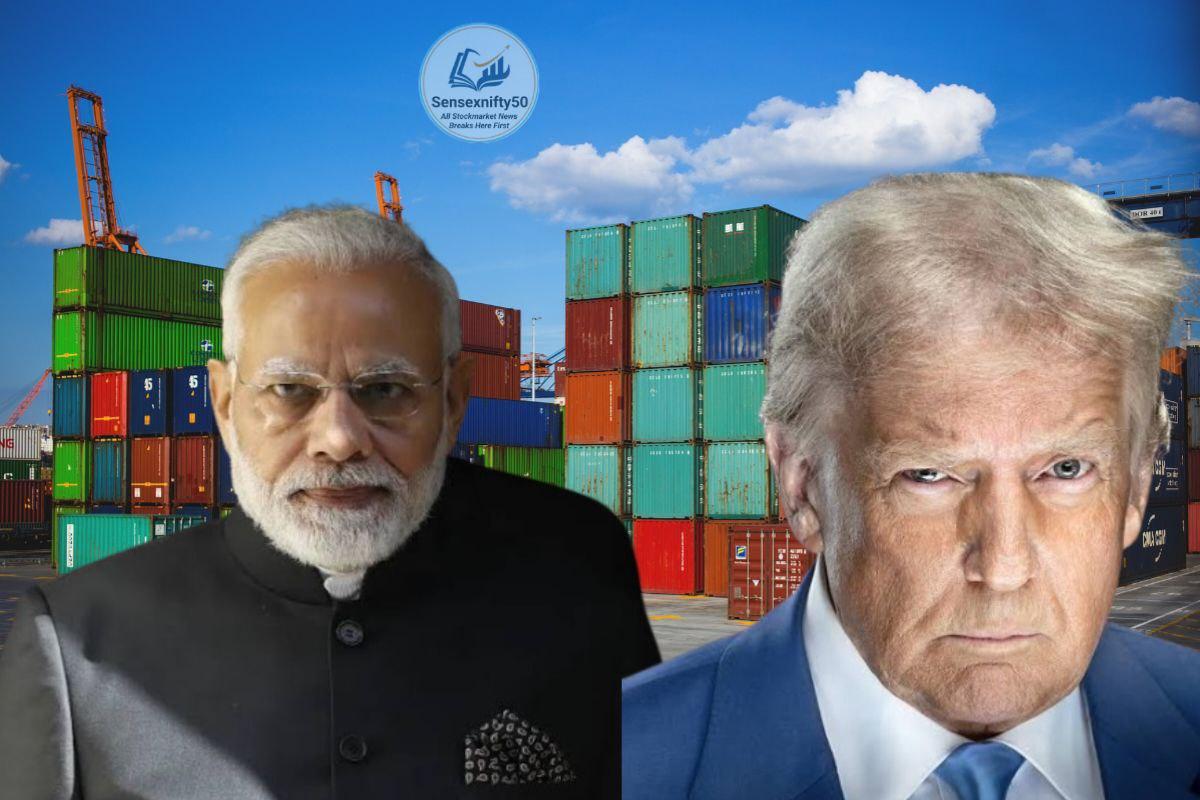
India is the world’s third-largest oil consumer, meeting nearly 88% of its crude oil needs through imports. Until 2021, the bulk of India’s oil came from Middle Eastern nations like Saudi Arabia, Iraq, and the UAE. Russia had a minimal share in India’s oil imports—barely around 1%.
Everything changed in February 2022 when Russia invaded Ukraine. The United States and Europe imposed sweeping economic sanctions on Moscow, the most significant being a ban on purchasing Russian oil. European countries drastically reduced their imports, forcing Russia to seek new buyers. This was the moment India stepped in, dramatically ramping up its Russian oil purchases.
Today, India has become Russia’s second-largest oil customer, after China. This growing energy relationship is now under the spotlight because of a high-stakes meeting between Russian President Vladimir Putin and U.S. President Donald Trump in Alaska. Trump has claimed that Russia agreed to this dialogue largely because of U.S. pressure on India. If the talks fail, the outcome could directly impact India, particularly its access to Russian oil.
India’s oil trade with Russia grew rapidly after 2022. From less than 1% in early 2022, Russia’s share in India’s total crude imports surged to around 35–36% by 2023. According to a CRA report, India imported about 42–44 million tonnes of oil from Russia in 2022–23, saving nearly €13 billion due to hefty discounts offered by Moscow. At times, these discounts reached $18–$20 per barrel, easing pressure on India’s economy during a period of high global oil prices.
India not only consumed this oil but also refined it into petrol and diesel for export to European and G7 countries—effectively benefiting from Western sanctions while helping Russia sustain its energy revenue.
The trend continued into 2024–25. From February 2024 to January 2025, India’s Russian oil imports rose further to around 53–55 million tonnes, accounting for approximately 40% of total crude imports. In June 2025 alone, India purchased €3.6 billion worth of oil from Russia. While discounts have now dropped to about $3 per barrel, India remains committed to these imports because alternative sources are limited and often more expensive.
Between February 2022 and March 2025, India bought a total of €112.5 billion worth of Russian crude oil, along with €13.25 billion worth of coal. This pushed the total fossil fuel trade between the two countries to nearly €205.84 billion.
The partnership is not just about energy. India and Russia share decades of strategic ties in defense, science, and technology. Russia remains a major supplier of weapons and military technology to India. Despite Western pressure, India has defended its Russian oil purchases as essential for its national energy security.
The U.S., however, has taken a tougher stance. Washington has issued repeated warnings and even imposed a 50% tariff on certain Indian imports. India has dismissed these measures as unfair, insisting it will protect its economic and energy interests. Trump has warned that if the Alaska talks with Putin fail, the U.S. may increase tariffs further—putting more pressure on India to cut Russian oil purchases.
If India were forced to scale back its imports from Russia, it would face several challenges. Without the Russian discount, India would have to turn to costlier suppliers like Saudi Arabia, Iraq, and the UAE, leading to higher petrol and diesel prices domestically. This could hurt both consumers and industries, while also undermining India’s energy security. Diplomatic ties with Moscow could also suffer, risking disruptions in defense supplies and technology cooperation.
Meanwhile, China has emerged as Russia’s largest energy customer, purchasing about €78 billion worth of oil by 2025. India’s position as the second-largest buyer means that any shift in its trade with Russia could alter global geopolitical dynamics, potentially pushing Moscow even closer to Beijing.
In short, India’s energy security and foreign policy are closely intertwined with its Russian oil imports. The outcome of the Trump-Putin Alaska meeting could have far-reaching consequences for New Delhi. If the talks succeed, India may find breathing room to maintain its oil trade. If they fail, the pressure from Washington could intensify—forcing India to make some very difficult choices.
Disclaimer: This article is based on publicly available information, reports, and statements as of August 2025. It is intended for informational purposes only and does not constitute financial, investment, or political advice. Readers are encouraged to verify facts from multiple sources before forming conclusions.




